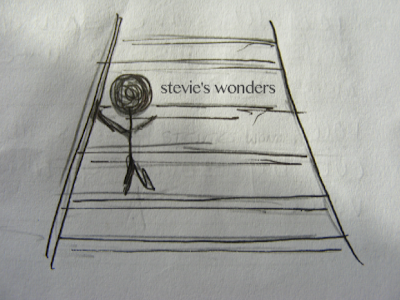- Lighting is going to be an issue as there is no natural light in the basement.
- May not be enough space to film as it is quite confined, also the shots I want to film may also be altered depending on the space available.
Dealing with these problems:
I can easily create more light in the space, but also, I can use the lack of lighting to my advantage as the scene is supposed to look dreary and dark.
DAY 2 - 4th January 2013
Filming in someone's corridor and dining room:
- May get in the way of people living in the house.
- Again space may be an issue as these areas may be a little confined depending on the different shots.
- Lighting isn't an issue as there is a lot of natural light within the space however there isn't long periods of decent natural light during winter months.
Dealing with these problems:
As there is only one day of filming plus one of the residents of the house will be acting in it, I don't feel that it will be too much of an issue however it is just as a precaution my main aim will be to get the filming done quickly and efficiently to make full use of the house. Filming at a decent time before it gets too dark will also have to be a main priority.

















